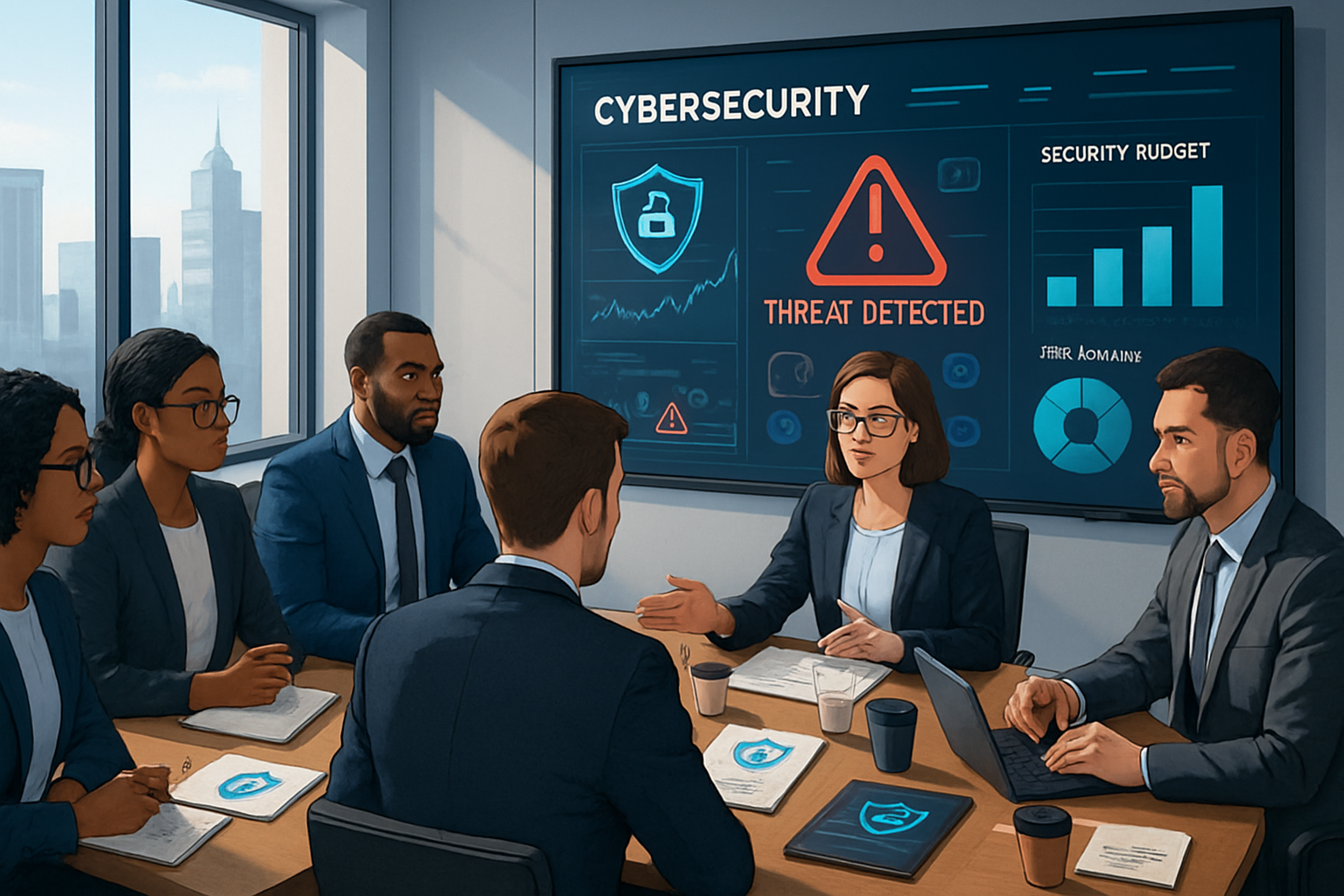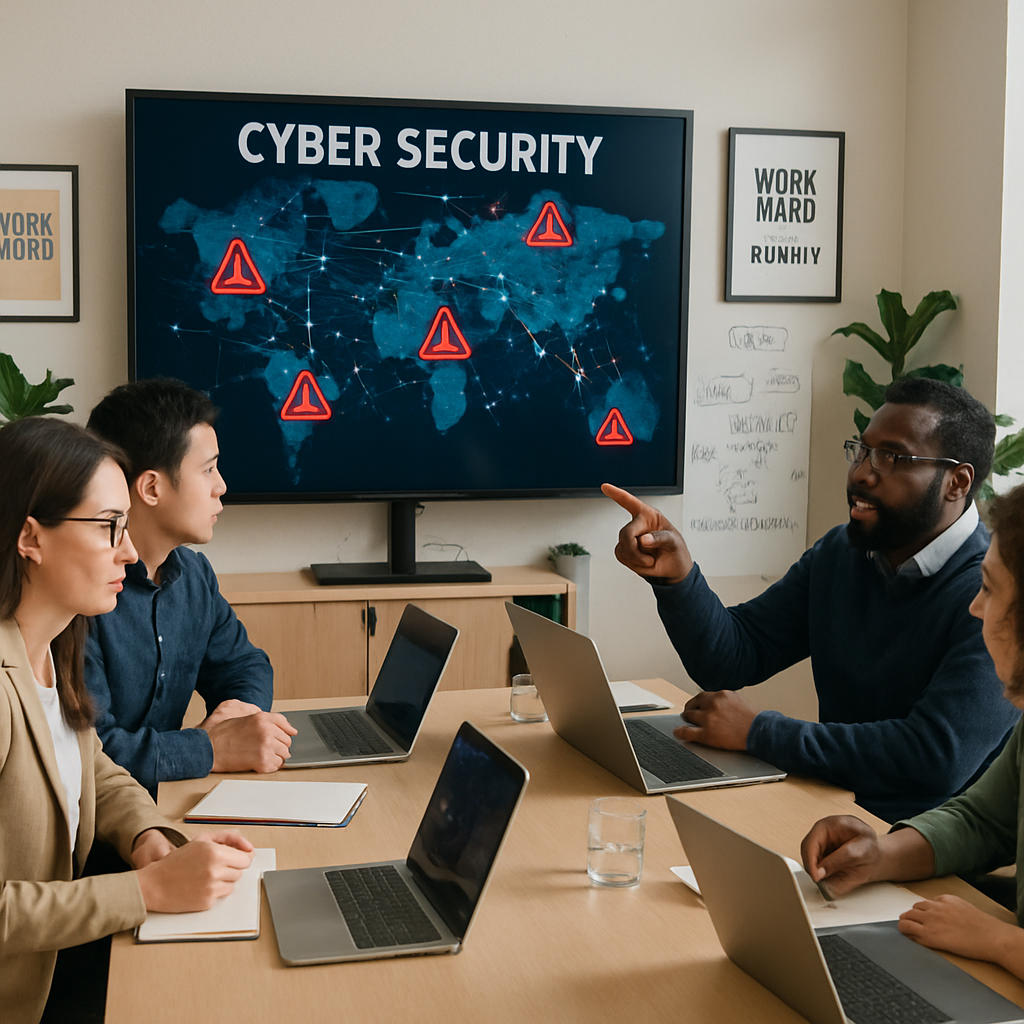2026 Cybersecurity Budgeting For Small And Medium-Sized Businesses
Prepare your business for the evolving cyber threat landscape in 2026 with strategic, cost-effective cybersecurity budgeting tailored for small and...
1 min read
.jpeg) Michael Markulec
:
Mar 11, 2016 8:00:00 AM
Michael Markulec
:
Mar 11, 2016 8:00:00 AM

School districts adopting computers and laptops in the classroom is great for learning but opens a whole new way cybercriminals get get to students and faculty. You get notification from your tech team, not to open certain emails or instructions on how to come up with stronger passwords to further protect your data. Have cyber threats really risen or is it just the topic of conversation for the year?
The truth is that according to insecpro.com, there are approximately 556 million victims per year, over 1.5 million victims per day, more than 232 million identities exposed, and as many as 120,000 botnets infected “zombie” computers that send out spam each day. In 2013, 59% of ex-employees admitted to stealing company data when leaving previous jobs. In the past two months, several K-12 school districts and the universities, have made headlines for alleged cyber security exposures. Just last week, Sen. Charles Schumer, D-NY, Schumer is urging the federal government to do more to stop “ransomware” cyberattacks in which hackers seize control of a business’s or government’s computers and demand payment to release them.
Cyber security measures are a little more difficult in the educational setting. One of the main principles in education is the exchange of ideas and information and as more information migrates into a digital form, school districts have to find the right balance between securing their information infrastructure and making information available to the school community. Not only do administrators have to worry about their own devices, but with schools becoming BYOD and 1:1, they also have to worry about data coming from outside sources.
While cyber security may seem like it should be the technology department responsibility, the key to dealing with this growing threat is enlisting the help of all departments and at all levels. Engage your finance team in learning more about cyber liability insurance and its benefits, as well as security measures to ask outside vendors to make sure all your financial data is safe. Have open communications with your human resources team, and discuss what new threats might affect them. Converse with your administrative team on how they would deal with a data breach, when (not if) one occurs. The cost of doing nothing, is much greater than the cost of putting adequate measures in place and educating the staff.
In conclusion, cyber security threats are rising, they are real, and they are affecting school districts. Districts must be prepared for these attacks and have complete district support on how to handle a breach.

Prepare your business for the evolving cyber threat landscape in 2026 with strategic, cost-effective cybersecurity budgeting tailored for small and...

Small businesses face escalating cyber threats that can jeopardize growth, reputation, and customer trust—strengthening cyber defenses is now...

AI-powered voice cloning is revolutionizing cybercriminal tactics, ushering in a new wave of compelling phishing attacks that threaten business...